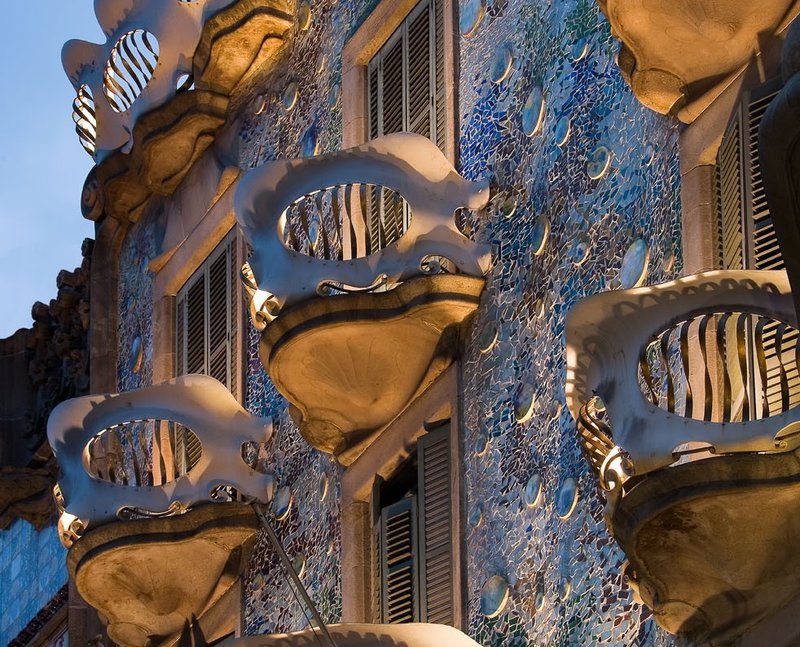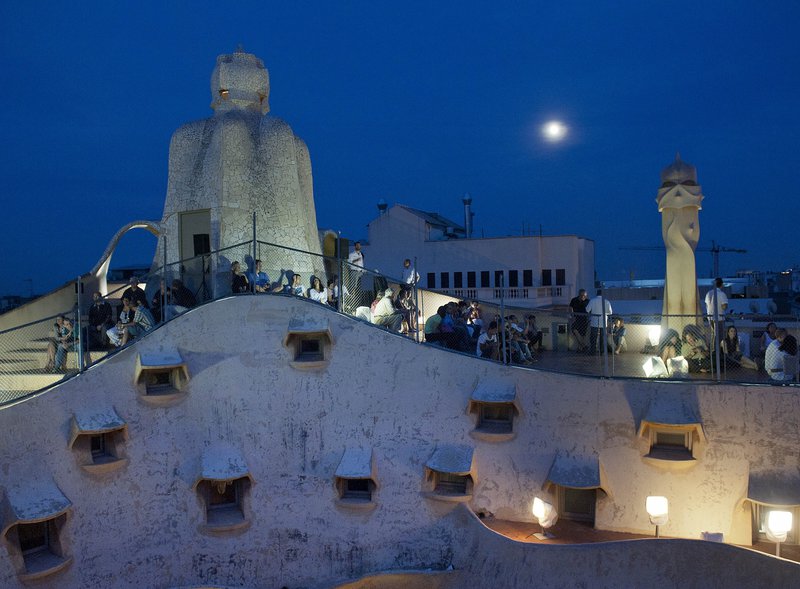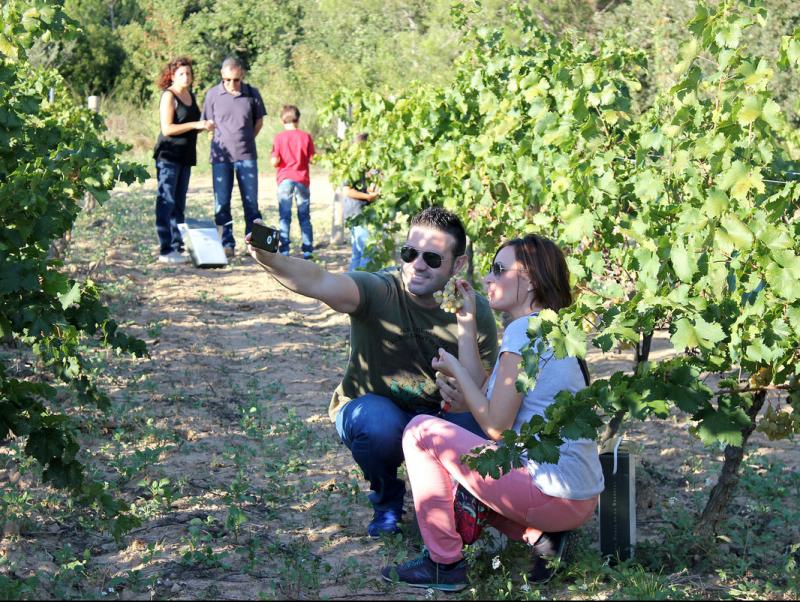Discovering Barcelona's modernist past
With a huge array of sites from palaces and mansions to shops and streetlights, the city can lay claim to being a capital of the cultural and artistic movement that followed industrialisation
If there is one thing Barcelona can claim as a destination, it is that there is no shortage of things to see or do. Museums and galleries, restaurants and bars, the beach and parks, the choices are almost limitless. Yet, one thing every visitor to the Catalan capital should do is check out Barcelona's modernist heritage, as the cultural movement from the end of the 19th century helped define the city and make it what it is today.
There are over 120 buildings left behind by the social class that prospered from the country's industrialisation. Wealthy, culturally aware and with an eye for style, Barcelona's upper classes built genuine architectural wonders, such as Cerdà's Eixample district in the centre of the city. A thriving European city at the time, its ancient walls were pulled down to make space for the buildings that the wealthy classes commissioned from architectural figures like Puig i Cadafalch, Josep Fonseré, Doménech i Montaner and, the most important of them all, Antoni Gaudí. The modernist style celebrated luxury and refinement, and used new materials and techniques.
Modernist capital
Barcelona's reputation as a capital of modernism is assured and provides a great prism through which to view the city. Whether it is listening to music on the terraces of Palau Güell or La Pedrera, attending a concert in the gardens of Hospital de Sant Pau, or marvelling at the architectural opulence of Palau de la Música, making time for the city's modernist past is something no visitor will regret.
For those keen to know more about the city's modernist heritage, there is now a special itinerary called the Ruta del Modernisme de Barcelona. Naturally, the tour includes palaces and noble houses, but also makes space for more mundane examples, such as chemists and other shops or surviving street furniture. The itinerary is marked by red signs on the ground to keep visitors on the right track, while a specially-produced guide book also includes discounts for entrance to the main buildings. The Ruta del Modernisme is organised by the Institut Municipal del Paisatge Urbà i la Qualitat de Vida, as part of the campaign to improve the
city's urban landscape. As a result, profits from sales of the guide are used for conservation or restoration so that Barcelona's modernist heritage remains a jewel in the city's crown.





